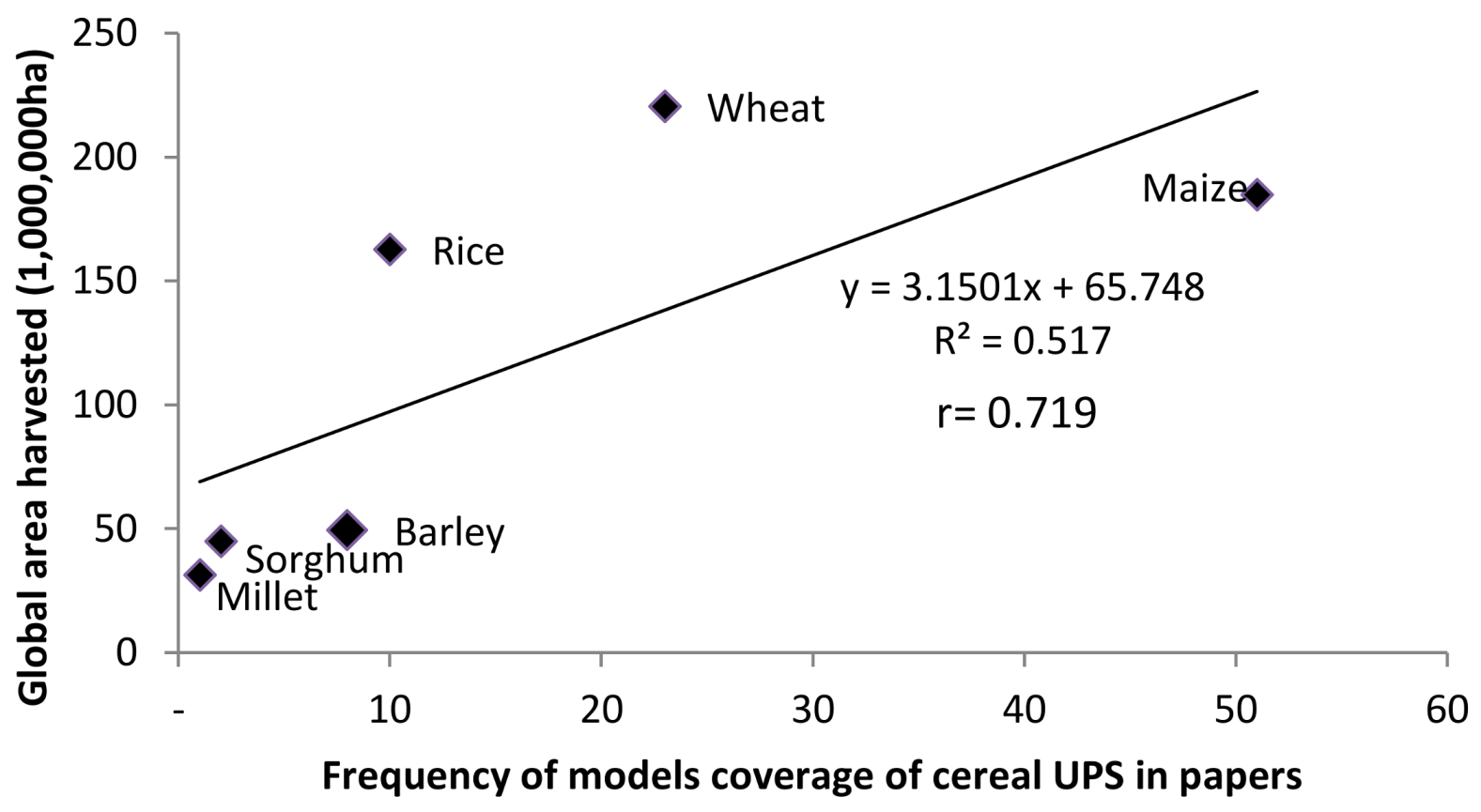

The tag denotes a variable that APSIM can supply to other APSIM models when requested.For example, Param(“NitrogenCost”) double NCost tells APSIM to look for a parameter called “NitrogenCost” rather than “NCost”. An alias can also be specified for the parameter. This error can be prevented by specifying the Param as optional with a true parameter e.g. If APSIM cannot find the specified parameter, then it will throw a fatal error. When the code is part of a script component, the parameter values will be on the “Properties” tab. APSIM looks for parameters in the XML configuration for this model. Like the Input tag, APSIM will supply a value but only at the beginning of the simulation. The tag denotes that the variable is a parameter.

This error can be prevented by specifying the Input as optional with a true parameter e.g. If APSIM cannot find the specified variable, then it will throw a fatal error. In the example, APSIM will locate a variable called Fertiliser in another model and retrieve its value.


 0 kommentar(er)
0 kommentar(er)
